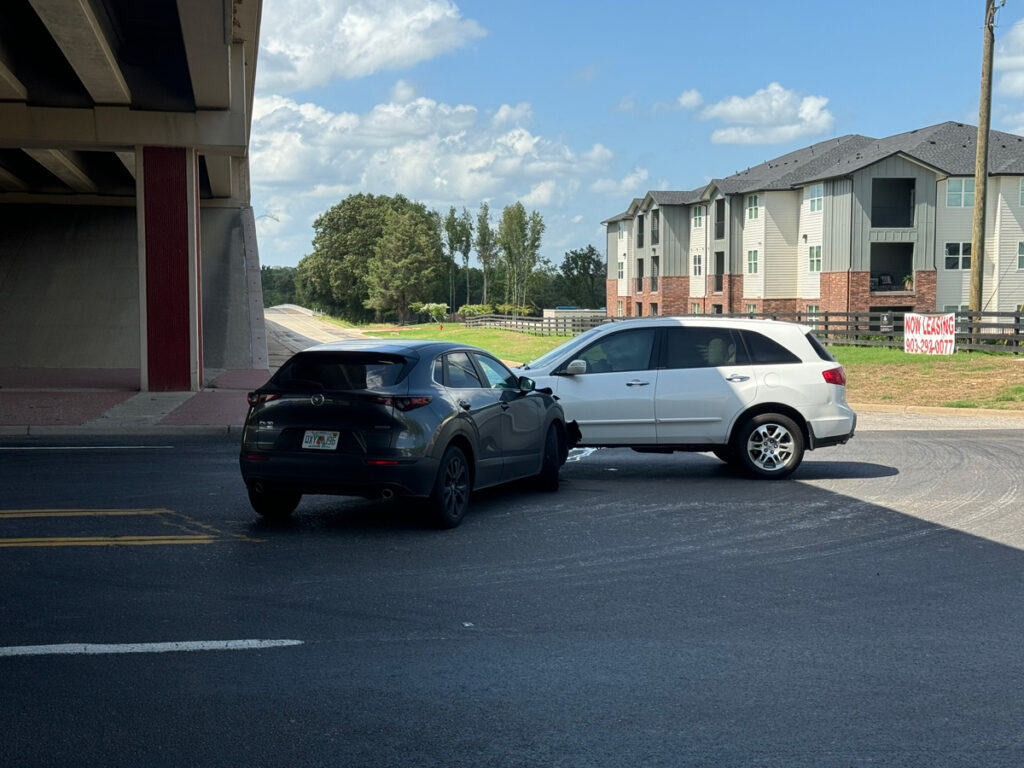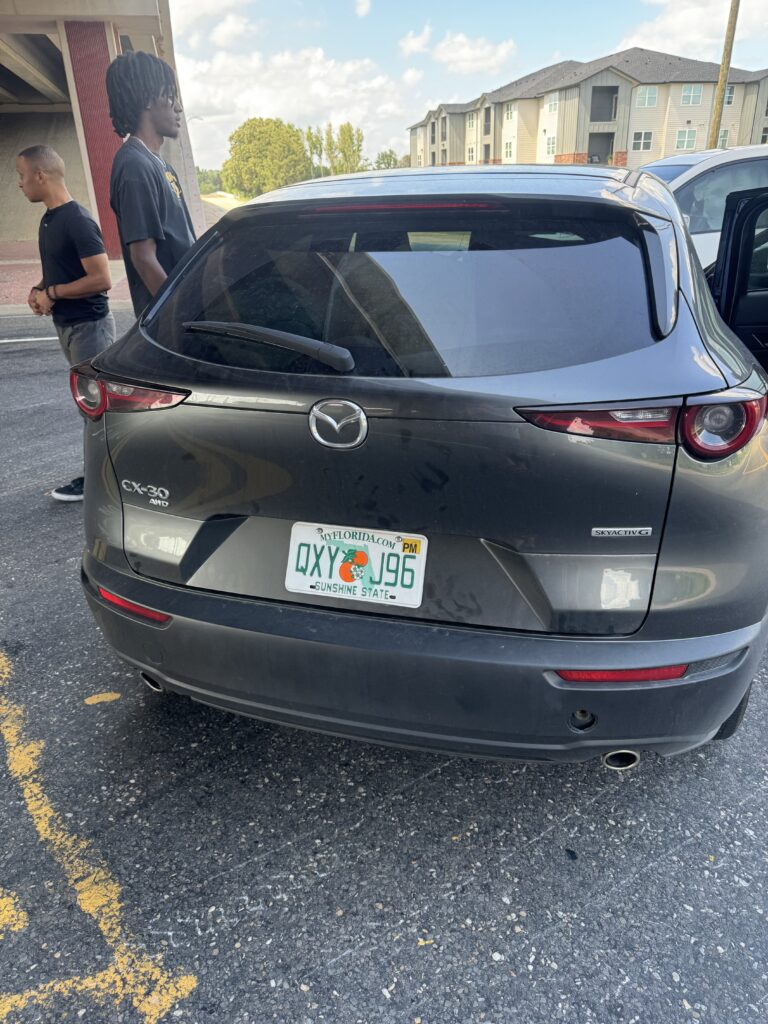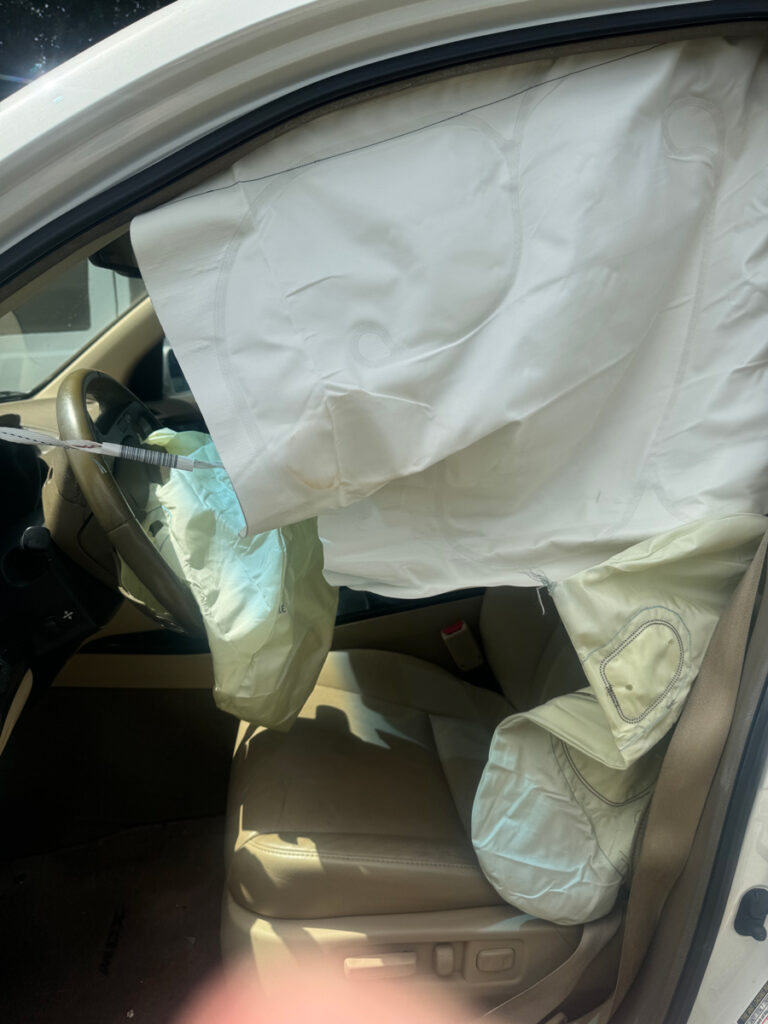I have avoided auto accidents and faulty airbags all of my life, until last week.
On my way to the gym, I enter an intersection I’ve driven a thousand times.
A black Mazda abruptly turns into me delivering a crashing blow.


Upon impact, airbags from the steering wheel and driver’s door exploded, pulverizing my left arm with abrasions, cuts, and hematomas.
I get out fast.
After I call 911, the police and fire trucks scream at the scene.
Loaded into the ambulance, I lay on the gurney while the med team ran tests.
An officer tells a tech, “The other driver doesn’t have insurance.”
Is this a bad dream?
Yes, it is, and I vow to myself a crash-free future if at all possible.
After my bell rang—and it’s still ringing—I’m highlighting three rules for the future.
1. Treat intersections like snakes
Forever realize that every intersection is a poisonous snake.
More than 80% of all crashes at intersections result in injury or death.
My goal from hereon is to respect each intersection like a cobra den.
Look ahead and make space for the unexpected, all the time.
After this frightening crash, I’m doing this at all intersections whether or not there’s a . . .
- traffic light
- stop sign
- yield sign
- no sign
2. Prepare for the unexpected
Honestly, I wouldn’t be writing this post If I hadn’t been T-boned in Athens, TX.
The last thing on my mind is that some dude driving a rental car from Florida is going to abruptly turn and crash into the driver’s side of my SUV at a largely uneventful intersection.
Defensive driving is boring until you get crushed by someone texting his girlfriend.
So, I’ve learned a new meaning to “prepare for the unexpected.”
Defensive driving on steroids.
As the Allstate commercial says, “Mayhem is everywhere.”
Let’s face it: We live with exponential traffic growth, and we don’t know what anyone will do.
3. Airbag recall
My seat belt and airbags worked like blind monkeys on a banana plantation.
Pretty good for a fifteen-year-old SUV.
But, not always true of older cars.
When airbags were new, automakers didn’t know how long they’d last.
So, carmakers like Mercedes-Benz stuck airbag expiration labels on every vehicle sold in the U.S. before 2003.
Those labels warned that airbags should be replaced after 15 years.

Recently, Ford and Mazda issued “do not drive” advisories for 457,000 vehicles with Takata airbags.
According to the National Highway Traffic Safety Administration, twenty-seven deaths and more than 400 injuries in the USA stem from defective Takata airbags.
Over the years, 67 million airbags have been recalled, and more than six million vehicles on the road today have defective Takata airbags.
Check with your auto service advisor to see if your airbags are up to date.
What are your rules for a safe drive?

Steve, praise God for your protection! Last year I also was hit head-on (at about 25 mph) by a driver without insurance. Lesson learned: ALWAYS call the police to file a report– even if there are no injuries and everyone smiles and agrees. Smiles change after you drive off!
Thanks for that encouraging word Wayne!